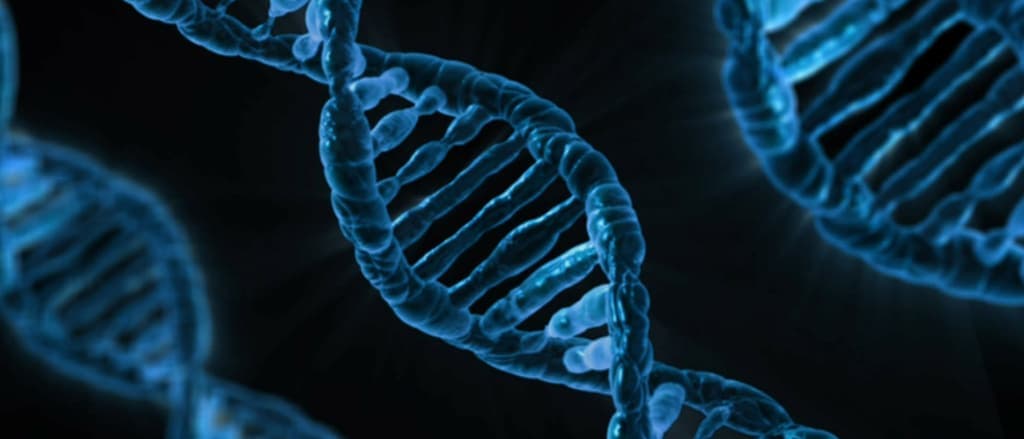Correcting a Mutation
Gene editing shows promise as a new treatment for sickle cell disease, according to a study published in the online journal Science Translational Medicine.
Experts from the University of California, Berkeley, UCSF Benioff Children’s Hospital Oakland Research Institute (CHORI), and the University of Utah School of Medicine have found success in correcting the blood cell mutation in tests of the blood of both mice and human sickle cell patients using CRISPR-Cas9, a genome "scissor" that can cut out and edit a DNA sequence.
After CRISPR was used to correct the mutated hematopoietic stem cells — precursor cells that mature into the hook-shaped hemoglobin characteristic of sickle cell disease, the corrected blood stem cells produced healthy hemoglobin. Following reintroduction into the mice, the genetically engineered stem cells remained in circulation for at least four months — a significant indication that any potential therapy would be lasting.
The tests of blood from afflicted humans showed that the proportion of corrected stem cells was high enough to produce substantial benefit for the patients, so the researchers are hoping to one day be able to reinfuse the human patients with the edited strain of cells as it could alleviate symptoms of sickle cell disease, including anemia and pain caused by vessel blockages.
While the results are promising and could lead to a treatment for this disease that afflicts about 100,000 Americans, the researchers emphasize that future testing on mice and safety analyses would need to be conducted before human trials could begin.
A CRISPR'd Future
“Sickle cell disease is just one of many blood disorders caused by a single mutation in the genome," said Jacob Corn, senior author on the study. "It’s very possible that other researchers and clinicians could use this type of gene editing to explore ways to cure a large number of diseases."
Indeed, developments in gene-editing technology within such fields as medicine, agriculture, and biology are taking us further into what some are calling "the age of CRISPR."
It's already being researched as a treatment for many other ailments and disorders — β-thalassemia, severe combined immunodeficiency (SCID), Wiskott-Aldrich syndrome, even HIV — so this one type of technology could end up being something of a panacea for what ails us, as long as what ails us is genetic.
Share This Article
